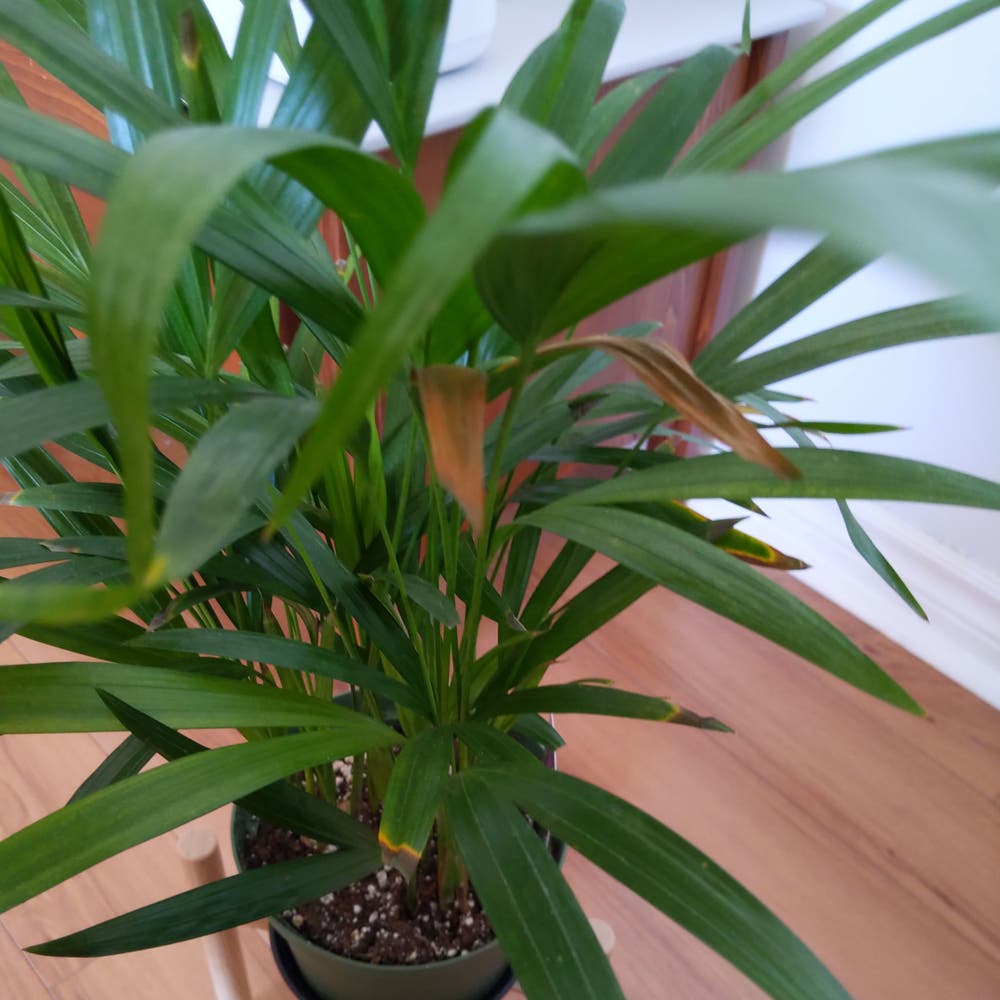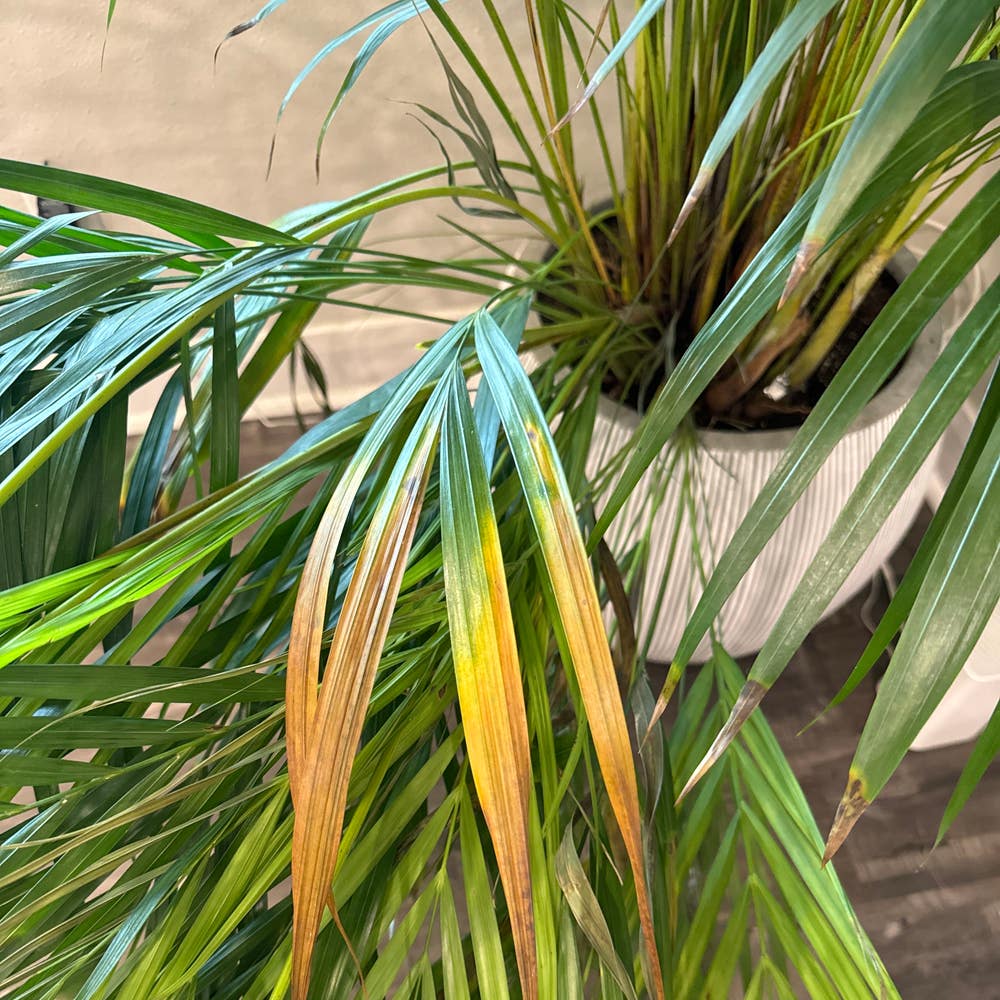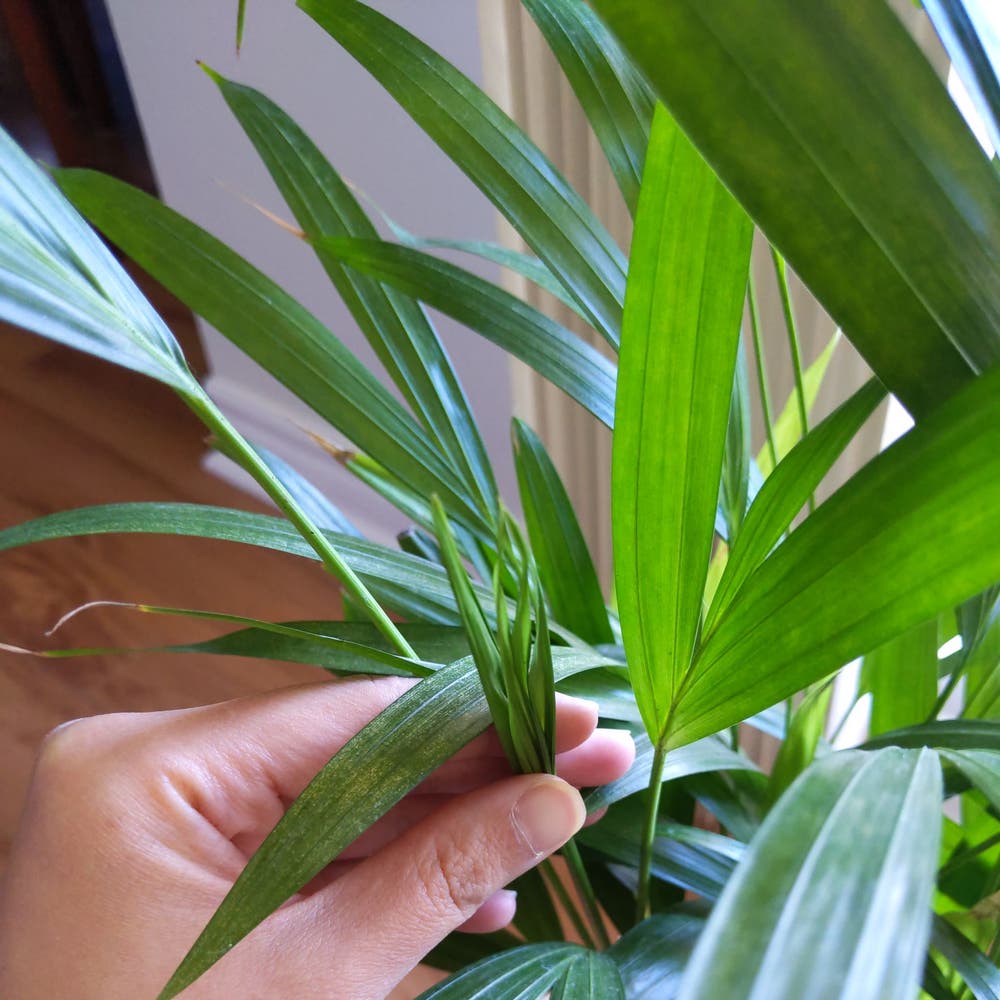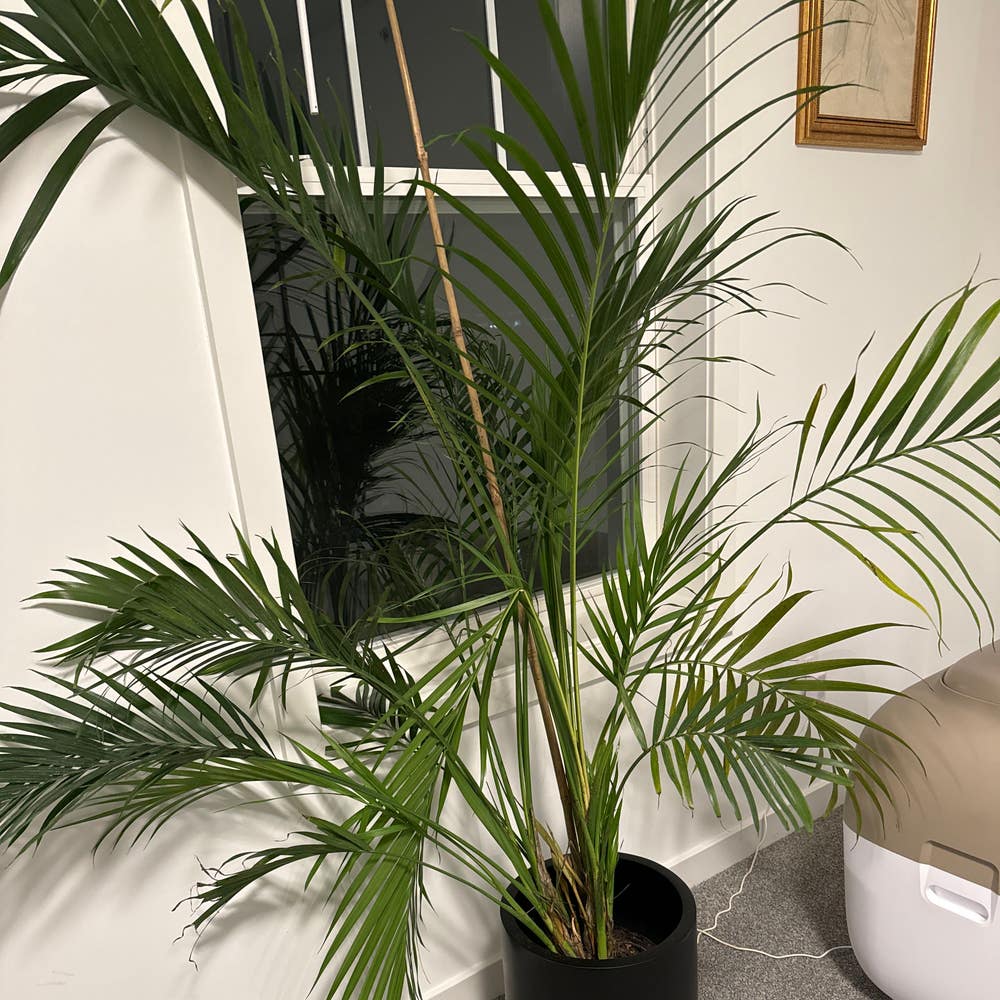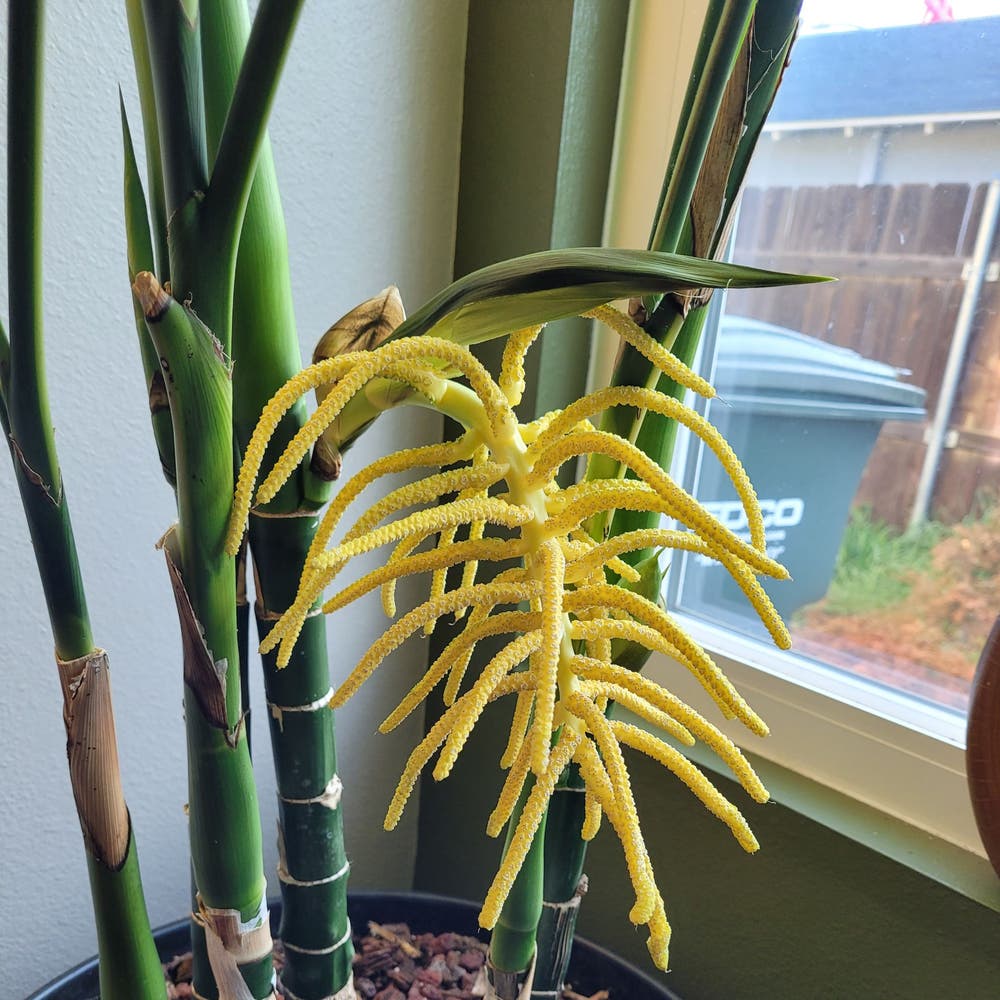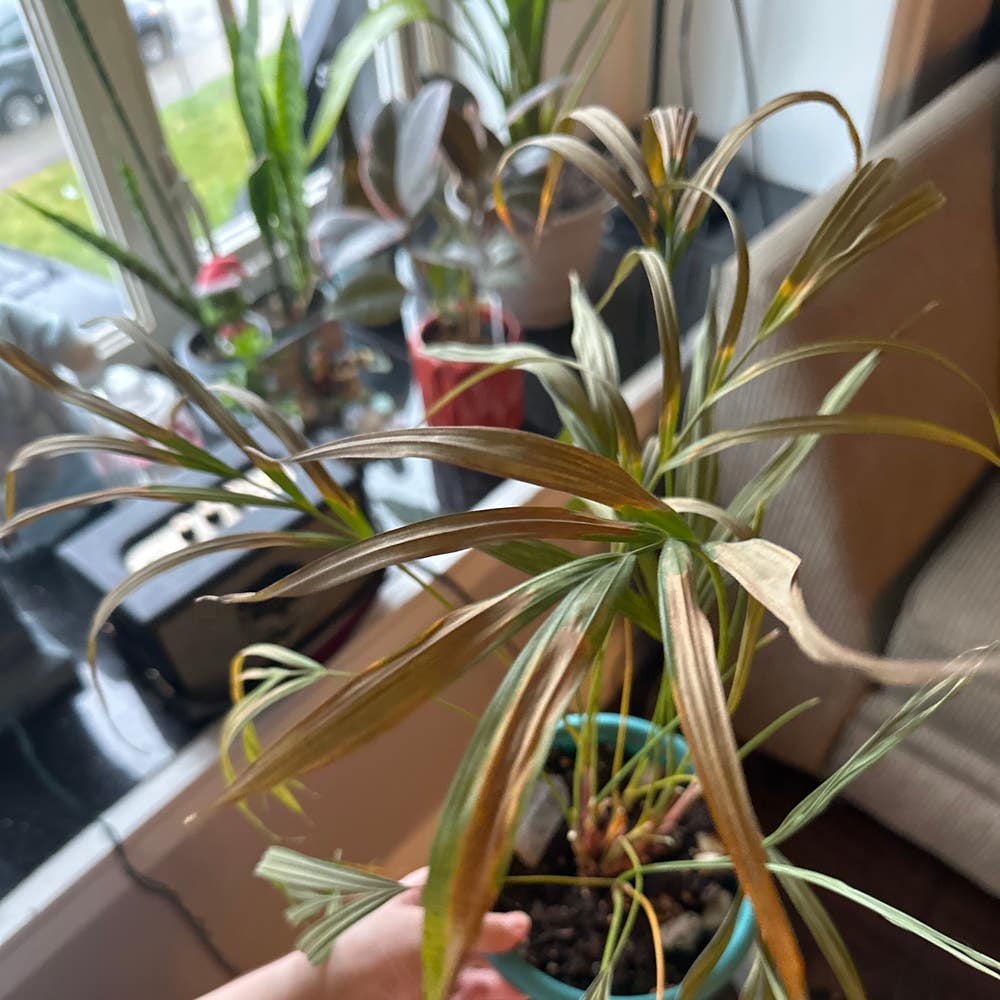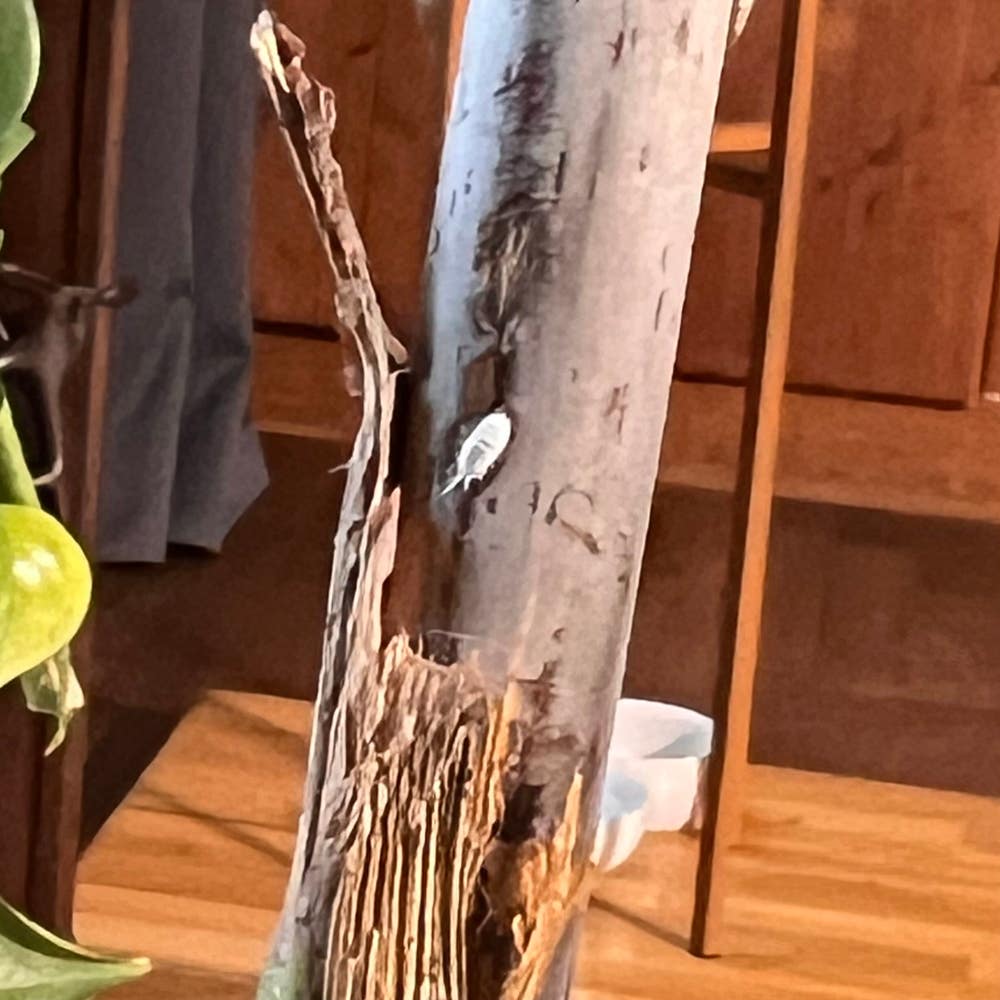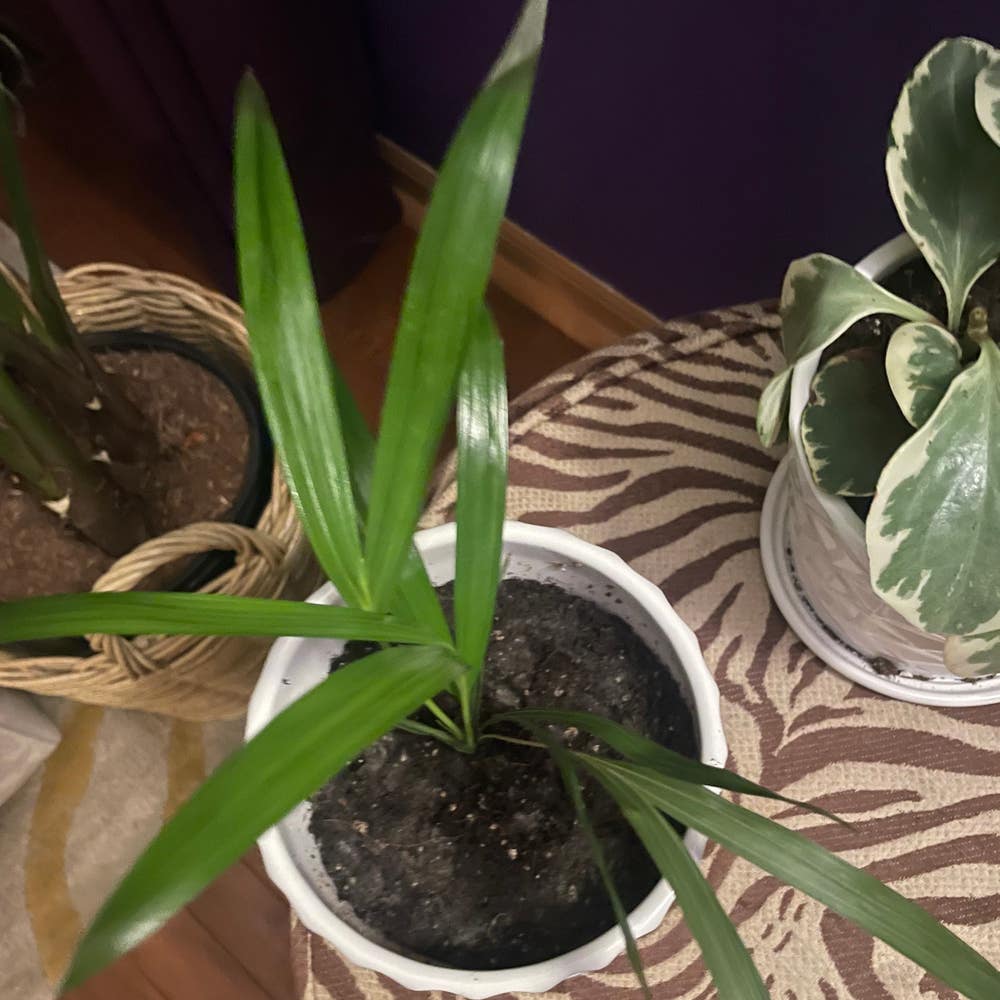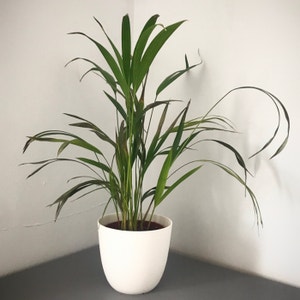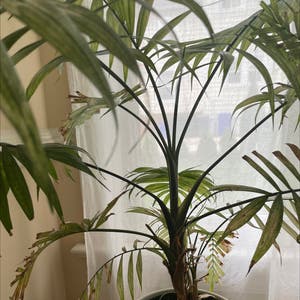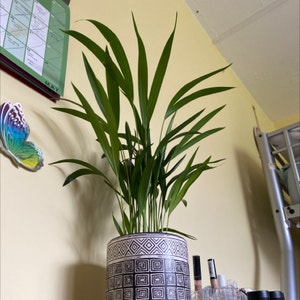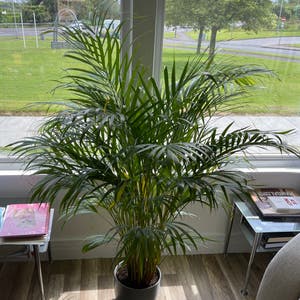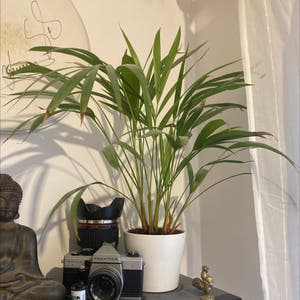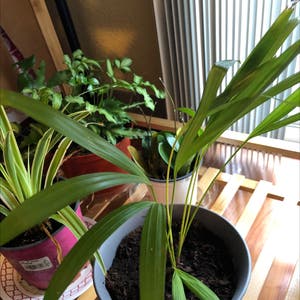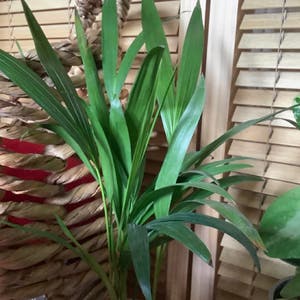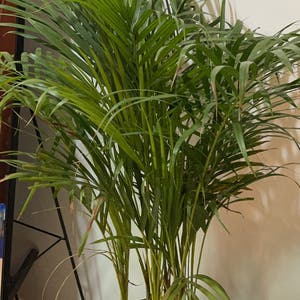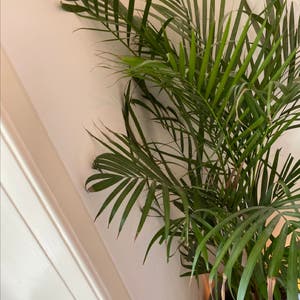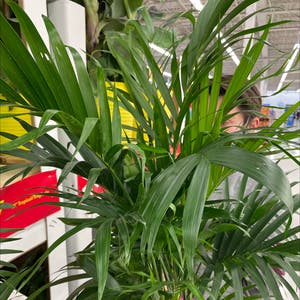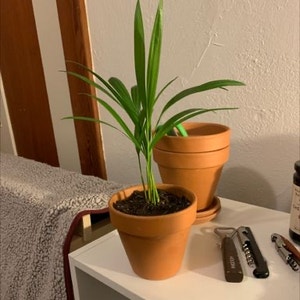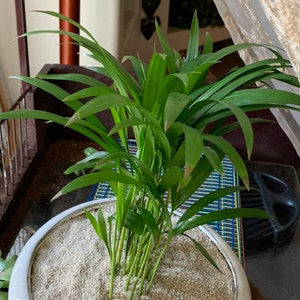
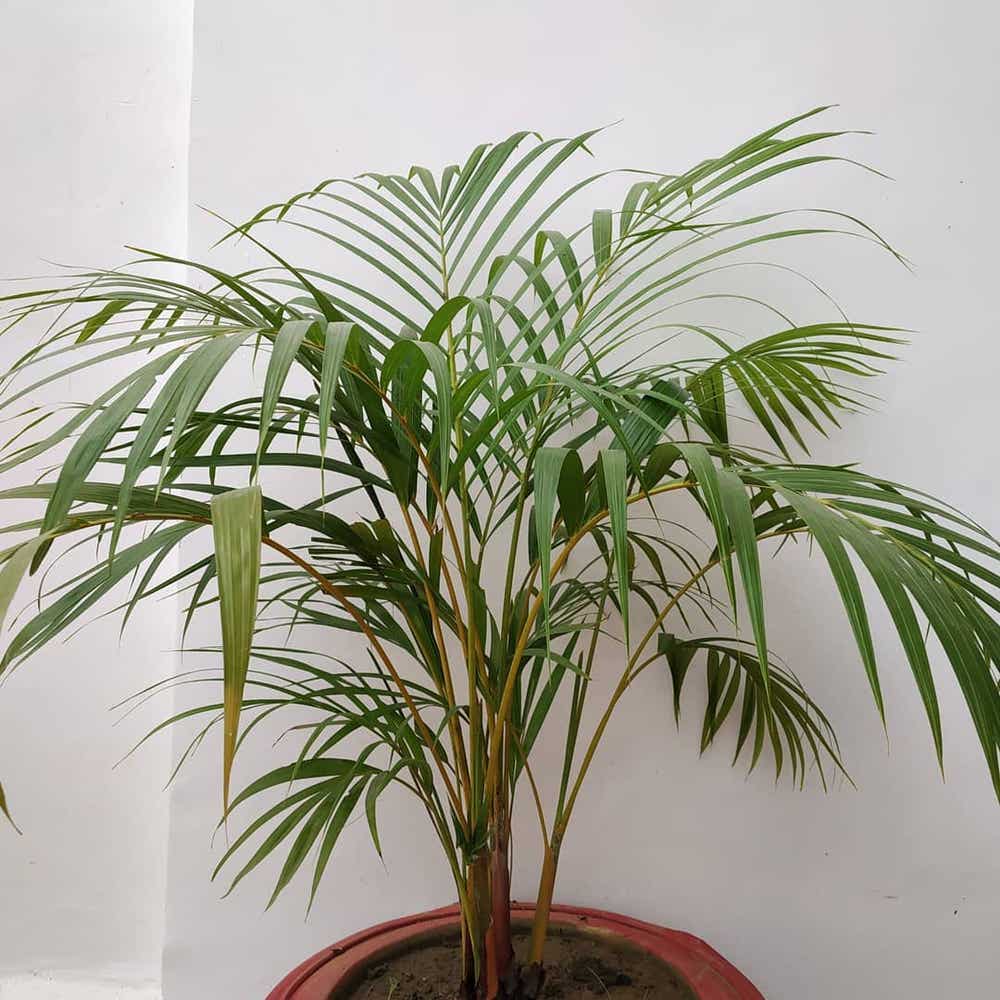



































Dypsis Lutescens

4.2 out of 5 (50 experiences)
 Survivor
Survivor
 Large, lush leaves
Large, lush leaves
About Dypsis Lutescens
The areca palm is a popular low-maintenance palm that’s a perfect tropical addition to nearly any space. Also known as the butterfly palm, the curvature of its fronds are thought to resemble a butterfly in flight. Though often smaller indoors, they can grow up to 40 feet tall in their native Madagascar! 🌴
Taxonomy

Dypsis lutescens
Dypsis
Arecaceae
Arecales
Also known as
Areca Palm, Areca Palm, Golden Cane Palm and Chrysalidocarpus lutescen

How to care for Dypsis Lutescens
How often to water your Dypsis Lutescens

every 9
Dypsis Lutescens needs 0.5 cups of water every 9 when it doesn’t get direct sunlight and is potted in a 5" pot.
Use our water calculator to personalize watering recommendations to your environment or download Greg for more advanced recommendations for all of your plants.

Water 0.5 cups every
9
Finding light for Areca Palm in your home

a window
Dypsis Lutescens love being close to bright, sunny windows 😎.
Place it less than 1ft from a south-facing window to maximize the potential for growth.
Dypsis Lutescens does not tolerate low-light 🚫.
Select your region to see how the current weather in your area affects the placement of Dypsis Lutescens in your home 🏡.
How to fertilize Dypsis Lutescens

Most potting soils come with ample nutrients which plants use to produce new growth.
By the time your plant has depleted the nutrients in its soil it’s likely grown enough to need a larger pot anyway.
To replenish this plant's nutrients, repot your Dypsis Lutescens after it doubles in size or once a year—whichever comes first.
-
Moved him a little further from the window and now some leaves are browning? Hi everyone, I moved my favourite area palm further away from my south west facing window where I worried that he's getting crispy from the sun. But now it looks like he's getting more brown tips. I checked the roots and they seem to be fine. Does anyone have any suggestions? #ArecaPalm #help #sendhelp #frondfriends
-
Hi there, leaves are turning yellow and dry? I water once a week . Any help please #ArecaPalm
-
Hi everyone, just wondering if I need to help this new leaf along (also how I might go abouts that) or should I leave it alone.? It's been a little over a week since I've noticed it #arecapalm #newgrowth
-
Plant not adjusting to his environment, drooping leaves and some wilting - how do I save him? #ArecaPalm
-
Not 100% sure about this palm? I inherited this palm from my uncle, and all I knew is that he grew it from a seed he got from the zoo (I'm in San Diego). The closest I can find is Areca palm, but I can't find anything that quite matches its growths? Including the claw type thing in the profile picture. Any guesses?
-
My Areca palm is browning & dying :( Help? I water every week and a half to two weeks, less now that it’s winter here in BC. I had it on the windowsill but brought it to the middle of the room when I noticed it starting to crisp at the tips. It’s only gotten worse as the weeks go by. I’ve removed a lot of the very very dead leaves but it’s not getting any better. There is some new growth but im not sure how prosperous it will be. I’m nervous to repot it as it’s nearly snow season here, and don’t want to shock the plant. I bought this when my fiance and I started dating 3.5 years ago and I’d be sad to let it go. Any advice would be appreciated! TIA 💕
-
How to get rid of mealy bugs permanently? #ArecaPalm
-
Does this look like new growth? #ArecaPalm
-
My plant is not doing well. Some burnt leaves just unhealthy. How can I maintain or bring it back to good health? Thank you
-
All of my tips are brown including new ones - as soon as the spears unfurl, the tips go brown and stay like that throughout growth. It’s strange but maybe I’m missing something…. Anyone experienced the same? #ArecaPalm
Care Summary for Dypsis Lutescens

Dypsis Lutescens
 Greg recommends:
Greg recommends:
 Water
Water
0.5 cups every 9 days
 Placement
Placement
< 1ft from a window
 Nutrients
Nutrients
Repot after 2x growth
Based on the 4” pot your plant is in, and that it doesn’t get direct sunlight.

What other plant parents say
 Survivor 22
Survivor 22
 Large, lush leaves 17
Large, lush leaves 17
 Fast grower 14
Fast grower 14
 Browns easily 13
Browns easily 13
 Easy to propagate 5
Easy to propagate 5
 Blooms easily 5
Blooms easily 5
 Pest magnet 3
Pest magnet 3

 Trending in your area
Trending in your area
 Similar to Dypsis Lutescens
Similar to Dypsis Lutescens
✨ Discover rare plants

Burro's Tail

Stomatium acutifolium

Sedeveria 'Blue Elf'

Cereus peruvianus 'Pa…

Electric Fern

Cleistocactus icosago…

Rainbow Echeveria

Ceropegia simoneae

Hoya kalimantan

Scindapsus pictus 'Si…

Munstead Lavender

Hoya fitchii

Betel

Phalaenopsis schiller…

Sedum 'White Diamond'

Marquise de Sevigne

